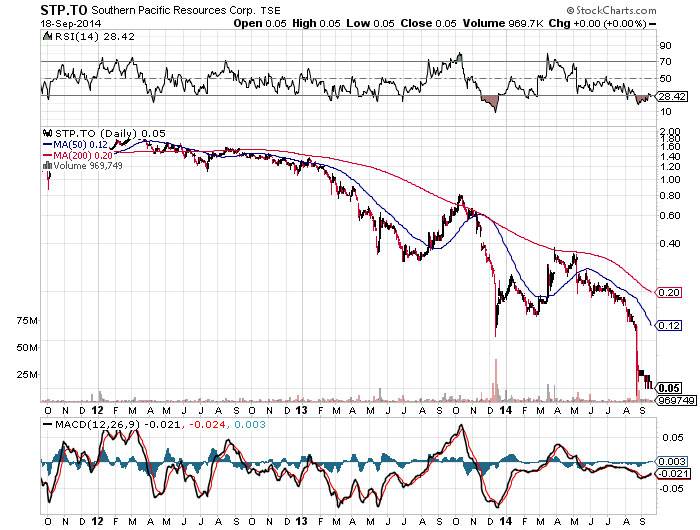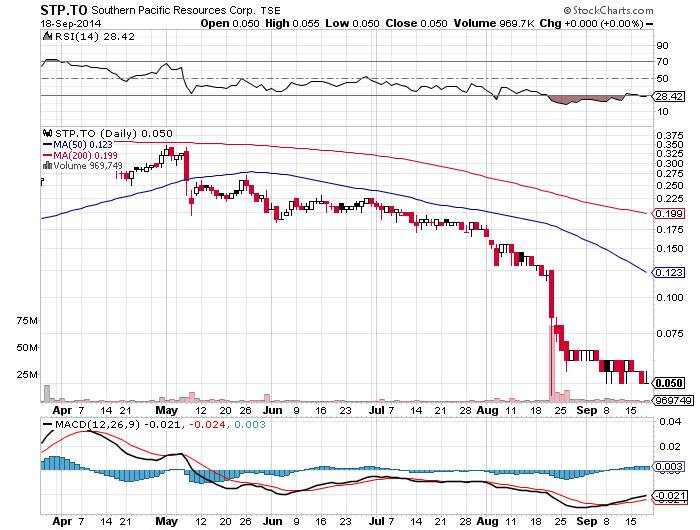Hi Lou,
I am not good at stocks, which is why I lost a lot of money. A few of my picks went to zero, like TIM and OPTI.
However, I have another one: STP-T. I bought it at $1.20 per share. My friend wants me to sell it, and says that something is better than nothing.
Should I sell it now?
Thanks in advance,
Lucia
Hey Lucia,
Thanks for the assignment.
The first thing that you need to do is recognize that you are not bad at stocks but you are picking some that have been speculative at best and gambles at worse. What would serve you best would be to work up your investor profile to see if these sorts of companies really fit what you want to accomplish with your capital. Not all stocks are created equal and that has to become part of your investment philosophy.
Something else to keep in mind is market capitalization. The larger the market capitalization of a stock, the lower the risk. The smaller the market capitalization, the higher the risk. Stocks that have a long history of increasing profits and dividends also have a reduced risk profile. Speculative stocks that have little or no profits and are not paying a dividend tend to be more volatile.
Southern Pacific Resources Corp. (STP-T) is developing in-situ oil sands and heavy oil deposits in Western Canada. On Aug. 21, 2014, the company concluded the strategic review process initiated by the board of directors in December of 2013. A strategic review process is typically code for "we are in some very deep dip right now and looking for a way out". Unfortunately none of the opportunities that surfaced were deemed acceptable and the board decided to soldier on.
An analysis of the charts will add another tool that you can use to evaluate how best to manage your portfolio.
The three-year chart provides a number of patterns that you should become familiar with as you progress in your understanding of investments. Technical analysis helps investors by focusing them on trend, support, and resistance. In this case the trend has been down since July of 2012 when a bearish crossover of the 50-day moving average below the 200-day moving average occurred. As you were a buyer at $1.20 you got in at exactly the wrong time. STP was under selling pressure that cut the legs out from under your holdings.
What is also evident is the resistance along the downtrend line and the moving averages. Every effort to move higher was met with a surge in selling. The final point that you should focus on is that the collapse in the stock price didn't happen all at once. The destruction of your assets took more than two years to manifest itself. What you should consider is an exit strategy on every investment that you make. You bought the shares anticipating an increase. Capital preservation is a key to asset management. You don't need to hold a position down to zero. Your first loss is usually your best loss.
The six-month chart isn't providing much in the way of good news. The resistance along the 200- and 50-day moving averages is in full view as is the collapse in August when the company reported the results of their strategic review process. The best case scenario for this situation is a tax loss sale before the end of the year. Consult with your chartered accountant on how to best to proceed with the disposition.
I would advise that you make a commitment to improving your investment knowledge and also to look for higher quality stocks for your portfolio.
Make it a profitable day and happy capitalism!
Have your own question for Lou? Send it in to lou@happycapitalism.com.

